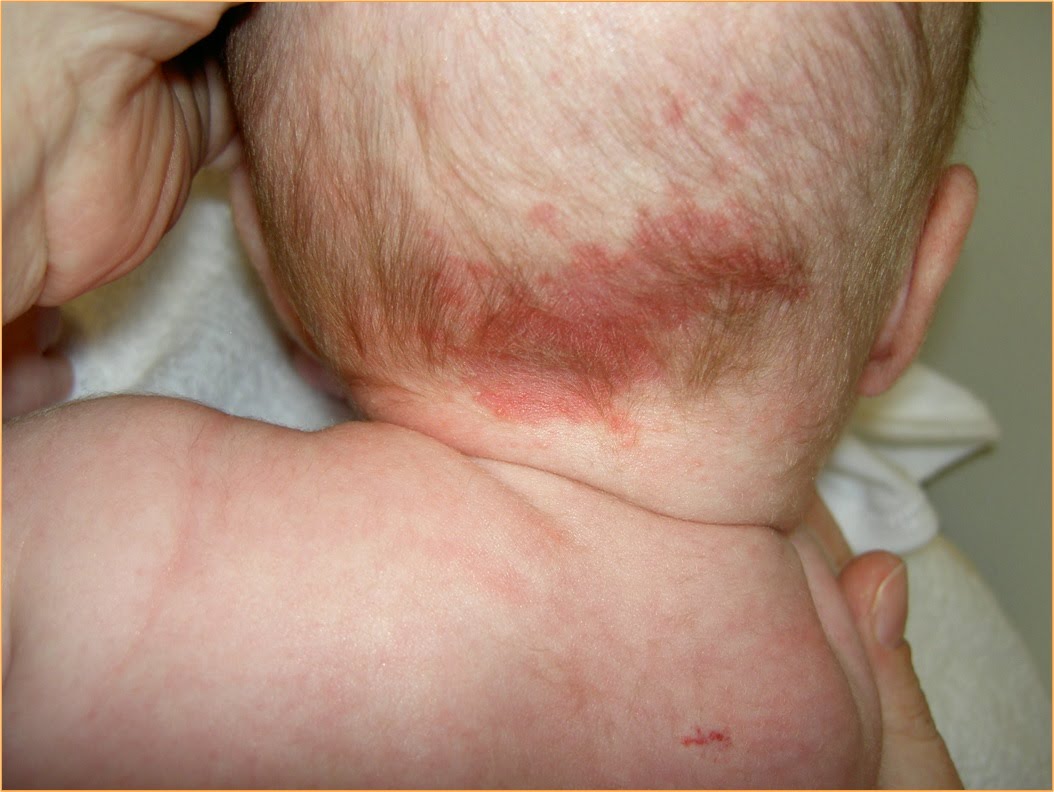What are the symptoms of a stork bite?
A stork bite, also known as a nevus simplex or salmon patch, is a type of birthmark that commonly appears in newborns. The symptoms and characteristics include:
- Flat, Pink or Red Marks: These marks are usually flat and have a light pink to red color. They are often found on the back of the neck, eyelids, or between the eyebrows.
- Faint or Subtle Appearance: Stork bites are generally subtle and less prominent compared to other types of birthmarks.
- Usually Present at Birth: Stork bites are typically present at birth or appear shortly after.
- Fades Over Time: In many cases, these marks gradually fade and become less noticeable as the child grows, often disappearing completely by the age of 1 or 2.
Stork bites are benign and do not cause any discomfort or health issues. They are purely cosmetic and do not require treatment. If there are concerns about a birthmark or if it changes in appearance, it’s a good idea to consult with a healthcare provider.
What are the causes of a stork bite?
Stork bites, also known as nevus simplex or salmon patches, are a type of birthmark that occurs due to the following:
- Capillary Dilation: Stork bites are caused by the dilation of small blood vessels (capillaries) in the skin. This dilation leads to the characteristic flat, pink, or red marks.
- Developmental Factors: They result from the way blood vessels form in the skin during fetal development. The exact cause is not fully understood, but it is related to the normal process of blood vessel formation.
- Genetic Factors: While stork bites are not inherited, the presence of these marks can be a common feature in many infants, suggesting a possible genetic or developmental predisposition.
Stork bites are considered normal and harmless. They are not associated with any underlying medical conditions or health concerns and typically fade over time without treatment.
What is the treatment for a stork bite?
Stork bites, or nevus simplex, typically do not require any treatment as they are harmless and usually fade on their own over time. Since they are benign and generally cosmetic, no medical intervention is needed.
If the appearance of the stork bite causes concern or if there is a desire for cosmetic treatment, options might include:
- Laser Therapy: In some cases, if a stork bite does not fade as expected and is cosmetically bothersome, laser therapy might be used to reduce the appearance. This treatment is usually done by a dermatologist or a specialist in skin conditions.
However, most stork bites fade significantly or disappear entirely by the time the child is 1 to 2 years old. It is advisable to consult with a healthcare provider or a dermatologist if there are any concerns about the birthmark or if it changes in appearance.

Leave a Reply
You must be logged in to post a comment.